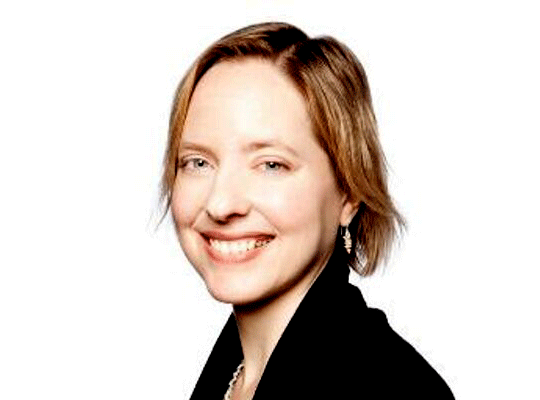Online Classes Are Not the Answer to Bridging the Achievement Gap, writes Shanna Smith Jaggars in the Washington Post
In the following op-ed, originally published in the Washington Post, Community College Resource Center (CCRC) Assistant Director Shanna Smith Jaggars argues that massive open online courses (MOOCs) are not going to help low-income students bridge the achievement gap.
Higher education, we’re told, is heading toward a technological transformation. Advocates of online learning argue that Massive Open Online Courses (MOOCs), taught by professors from top universities and capable of enrolling thousands, will make high-quality education available for free to any student with an Internet connection. Free higher education sounds like good news for the millions of low-income Americans who struggle to pay for college. After all, those with a college degree earn more, and are far less likely to be unemployed, than those who get no further than high school. Yet for low-income families, the average annual cost of attending college now equals 84 percent of their income.
But so far, it doesn’t look like free online courses are the solution. For one thing, it doesn’t seem that low-income students are taking advantage of the thousands of classes available. One study of Harvard MOOCs found that registrants were significantly more likely to live in high-income neighborhoods and have college-educated parents. An analysis of Penn State MOOCs found that the vast majority of its American students — over 85 percent — already had a college degree.
Our studies of online education at community colleges in two states reveal a related pattern. Online students were less likely to be low-income, ethnic minorities, or academically under-prepared. Instead, they tended to be older than 25, white and fully employed. Generally, they took one or two courses online per semester, but filled out the rest of their schedule with courses in a traditional “face-to-face” setting.
One reason low-income students are less likely to enroll in online courses may be the digital divide in this country. Black, Hispanic and low-income households are less likely to have high-speed Internet than those that are White, Asian, or high income. The same is true for rural households.
In addition, many students don’t particularly like online courses. A recent survey of community college students who had taken an online class found that more than 40 percent felt they learned less in online than traditional courses. Only 3 percent thought they learned more. A large percentage of students who had enrolled in online classes reported wishing they could take fewer of them. And community college students are far more likely to withdraw from online classes — in some subjects, up to twice as frequently. (Even some MOOCs offered by Harvard and MIT have dismal completion rates, some as low as 5 percent.)
Even more troubling: Students who manage to finish online courses earn lower grades than they do in traditional classes. Black students, men and students with lower prior grade point averages fare particularly poorly. For these students, online classes significantly widen an already existing achievement gap.
Part of the reason for this is that students who are more vulnerable, who are younger, who aren’t sure where they are going, and who are still developing academic skills, go to college to learn how to learn. Many of these students arrive at college without skills that are vital to academic success — skills as basic as time management, note taking, using a library and recognizing when, how and whom to ask for help.
In interviews, many students report that the personal connections they develop with instructors in the classroom are vital to helping them learn. Instructors of online courses, on the other hand, report that students need to already possess well-developed study and time management skills to succeed in their classes.
Happily, colleges that serve large numbers of high-need students are aware of these pitfalls, and are using MOOCs with caution. Some community colleges are offering free, low-stakes, non-credit MOOCs for prospective students who want to prepare for remedial placement tests. Others are using MOOC content to “flip” a regular face-to-face classroom. In these cases, professors might assign students to watch a MOOC by a renowned professor for homework, and then use class time to discuss the material in depth.
These courses do not represent a disruption of higher education: They are not vastly expanding access, nor are they radically lowering costs. But they may just be increasing the quality of students’ college education.
Link: No, online classes are not going to help America’s poor kids bridge the achievement gap
The views expressed in the previous article are solely those of the speakers to whom they are attributed. They do not necessarily reflect the views of the faculty, administration, or staff either of Teachers College or of Columbia University.
Published Thursday, Apr. 9, 2015
